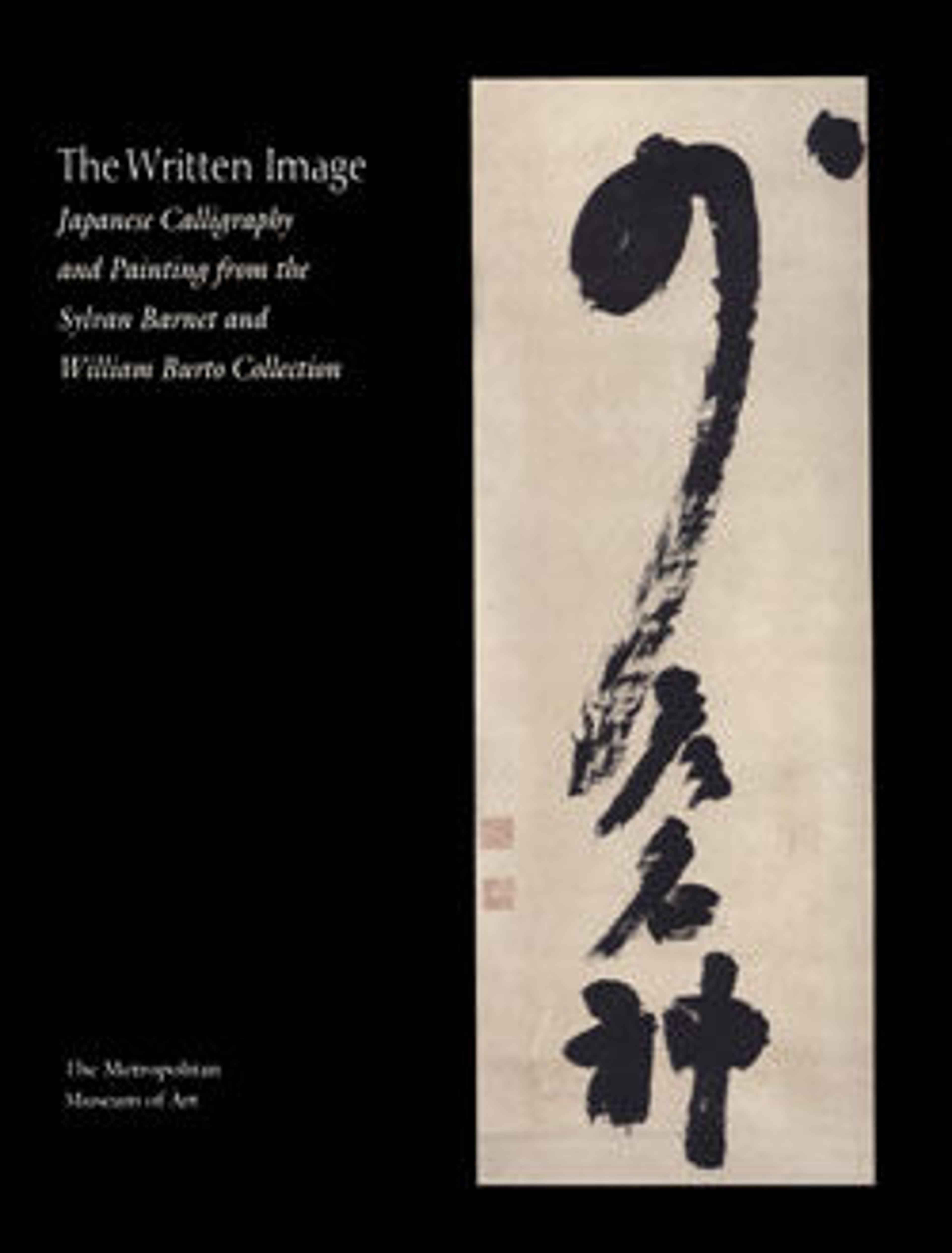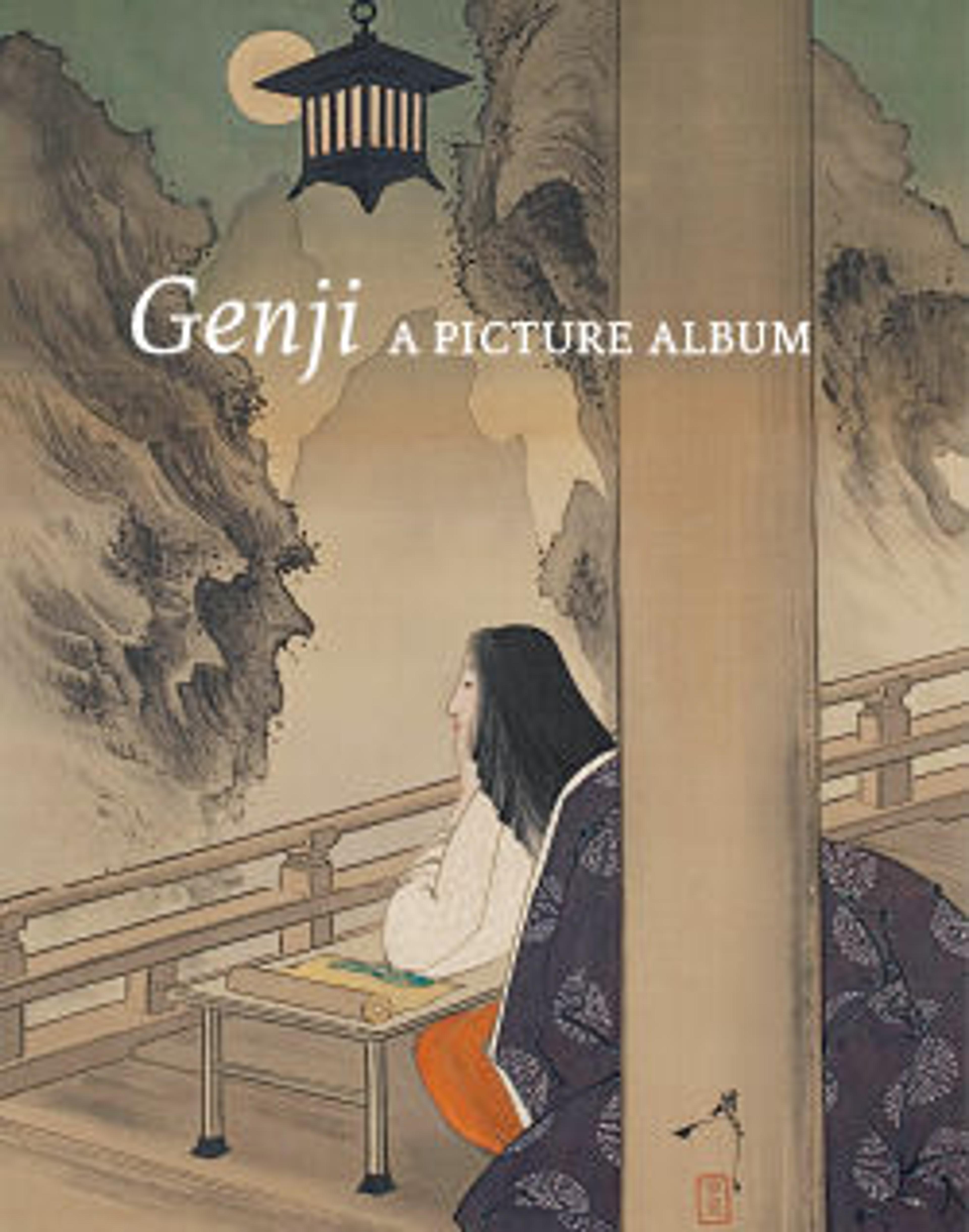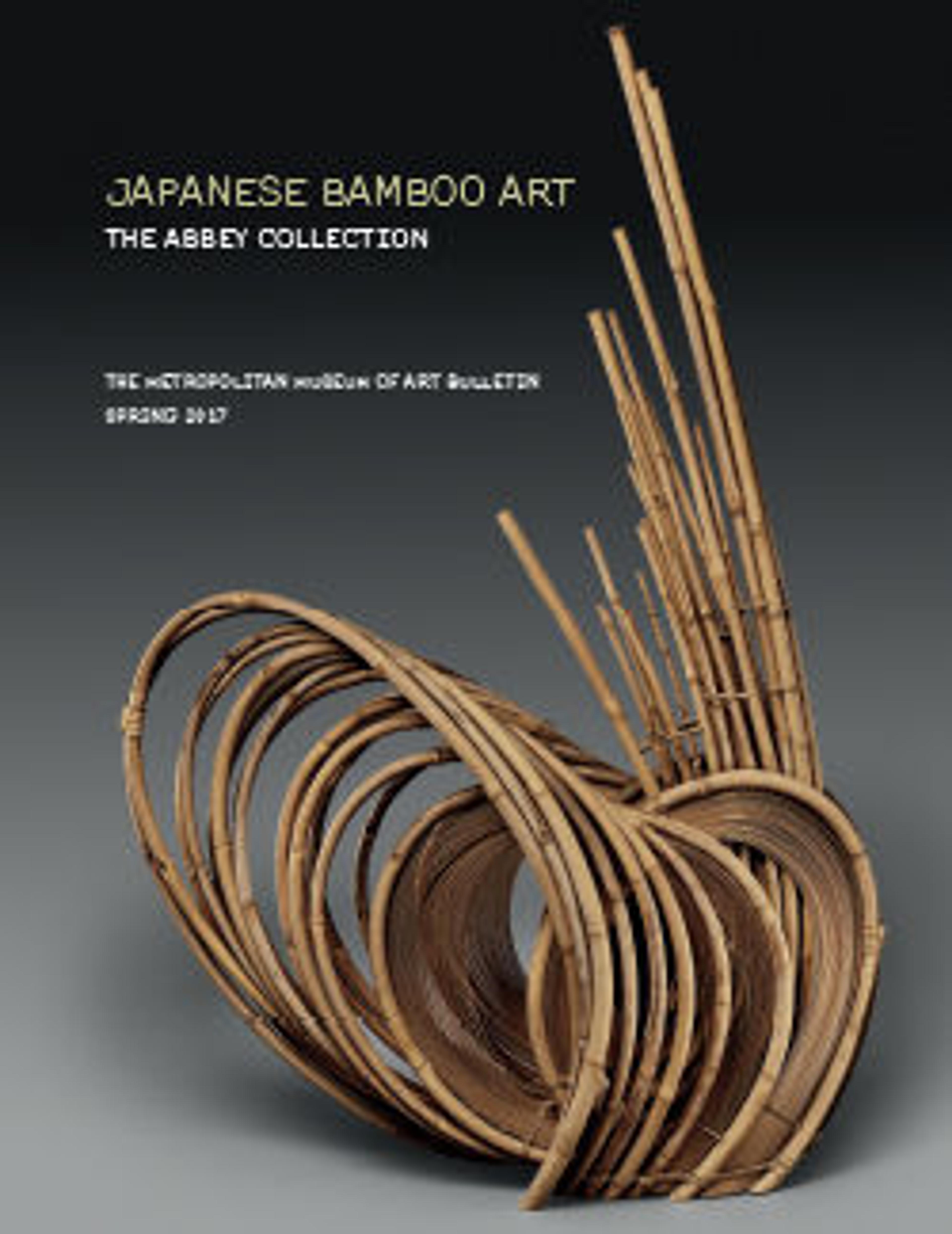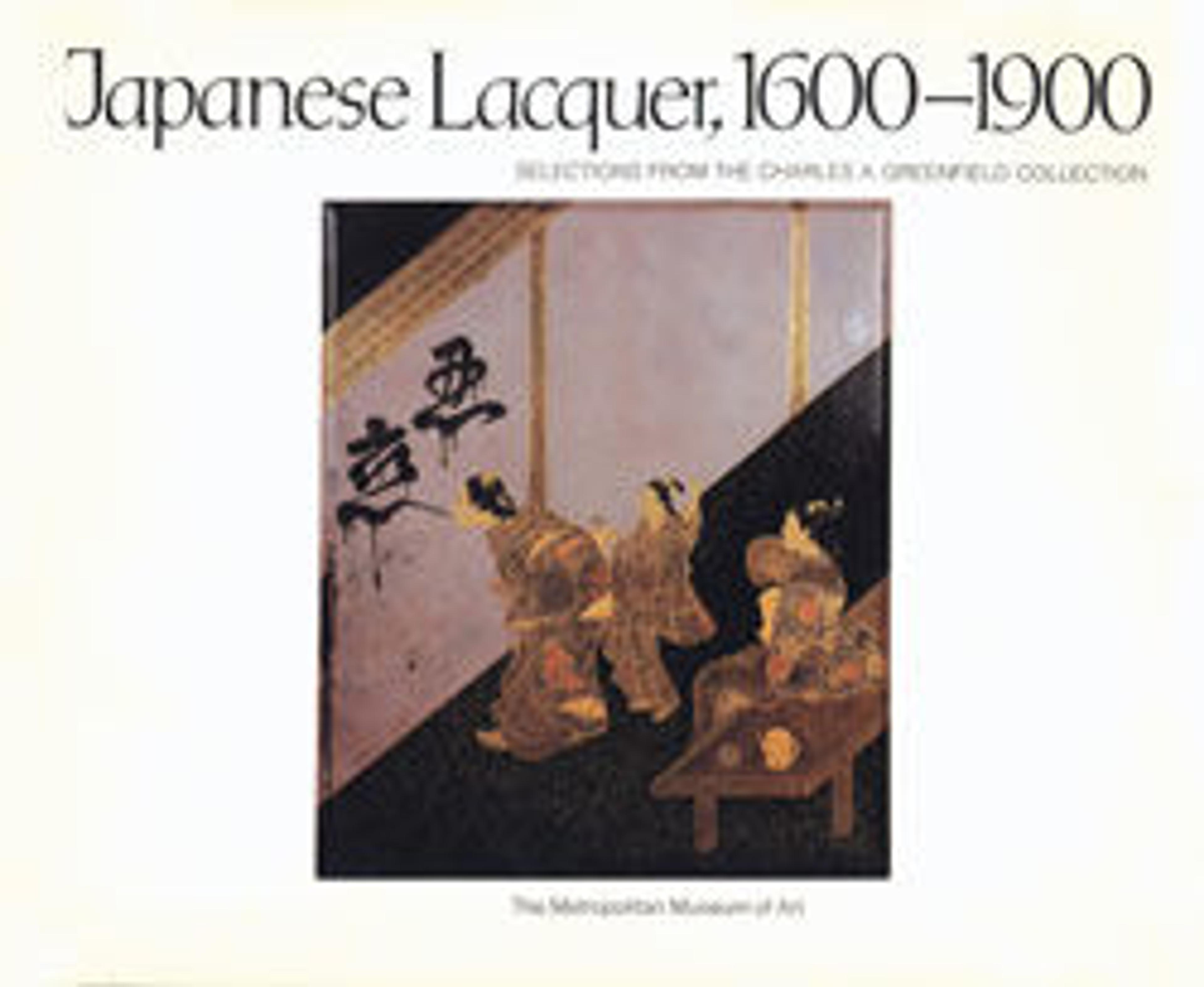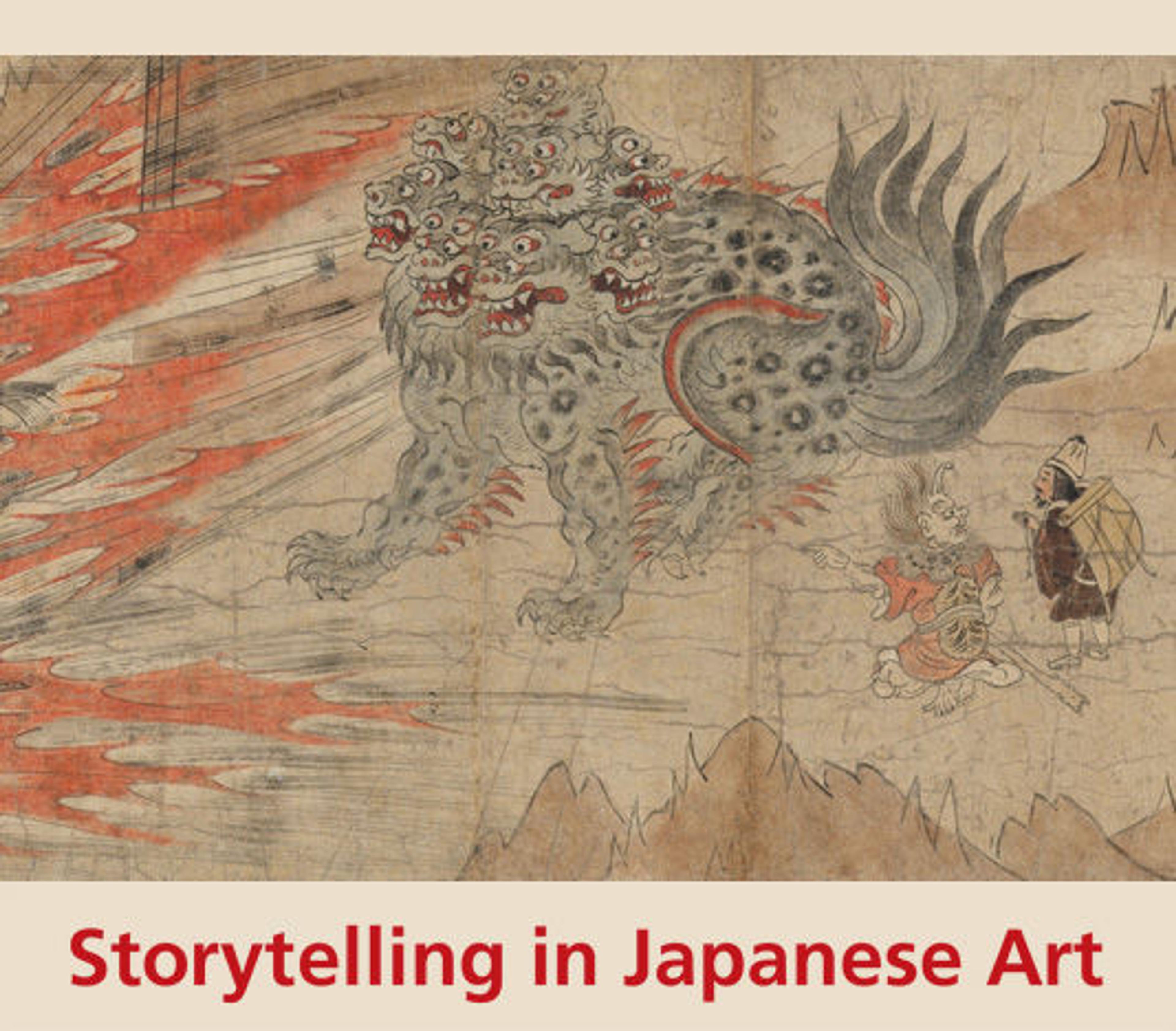
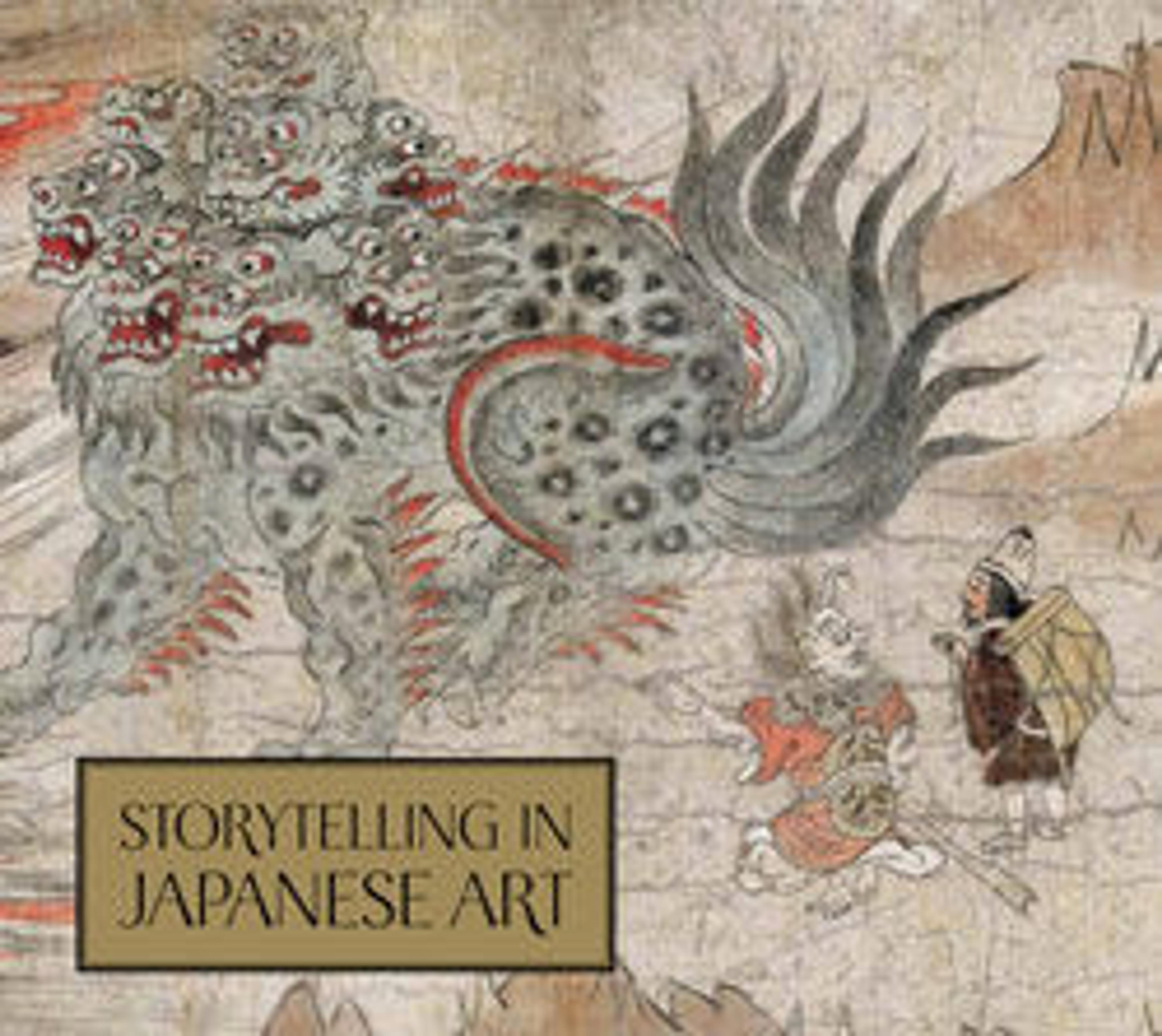
In 2002, The Metropolitan Museum of Art acquired a rare masterwork of Japanese art—A Long Tale for an Autumn Night, a set of three illustrated handscrolls, each more than ten meters long, dating from the medieval period. This major acquisition gave rise to the exhibition "Storytelling in Japanese Art," organized by Masako Watanabe, Senior Research Associate in the Department of Asian Art. Together with this publication, the exhibition traces the rich history of Japanese painted narratives with examples in a range of formats, including illustrated books, folding screens, hanging scrolls, and even playing cards. These objects, which date from the twelfth to the nineteenth century, vividly capture the life and spirit of their time. The popularity of Japanese comics, or manga, and the preeminence of the graphic arts in contemporary Japan attest to the enduring legacy of these traditions.
Central to any exploration of this subject is the illustrated handscroll, or emaki, a narrative format that has been essential not only to the dissemination of Japanese tales but also to the very ways in which they are crafted. The more than twenty handscrolls on view in the exhibition, a selection of which are reproduced in arresting detail in these pages, invite viewers to explore myriad subjects that have preoccupied the Japanese imagination for centuries—Buddhist and Shinto miracle tales; the adventures of legendary heroes and their feats at times of war; animals and fantastical creatures that cavort within the human realm; and the ghoulish antics of ghosts and monsters.
The exhibition brings together outstanding works from public and private collections both local and from farther afield. We are especially indebted to the New York Public Library for their loan of more than ten precious medieval handscrolls from the Spencer Collection. Joined by a selected of objects from the Metropolitan Museum's own rich holdings in Japanese art, they offer a rare opportunity for visitors of all ages to experience the pleasures and intellectual challenges inherent in Japanese narrative painting.
Met Art in Publication
You May Also Like
Press the down key to skip to the last item.
Citation
Watanabe, Masako. 2012. Storytelling in Japanese Art. Metropolitan Museum of Art Publications. New York : New Haven and London: Metropolitan Museum of Art ; Distributed by Yale University Press.
